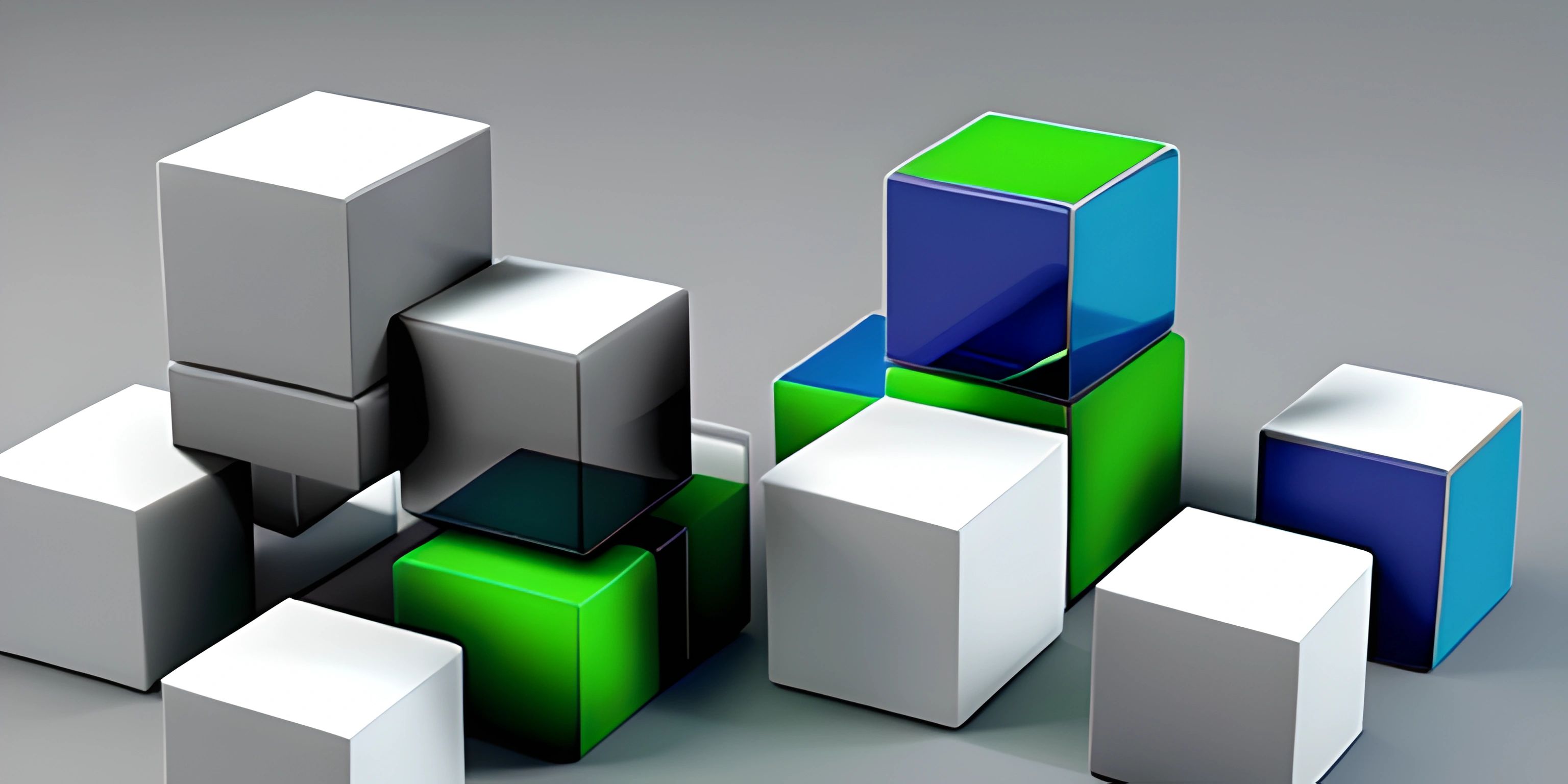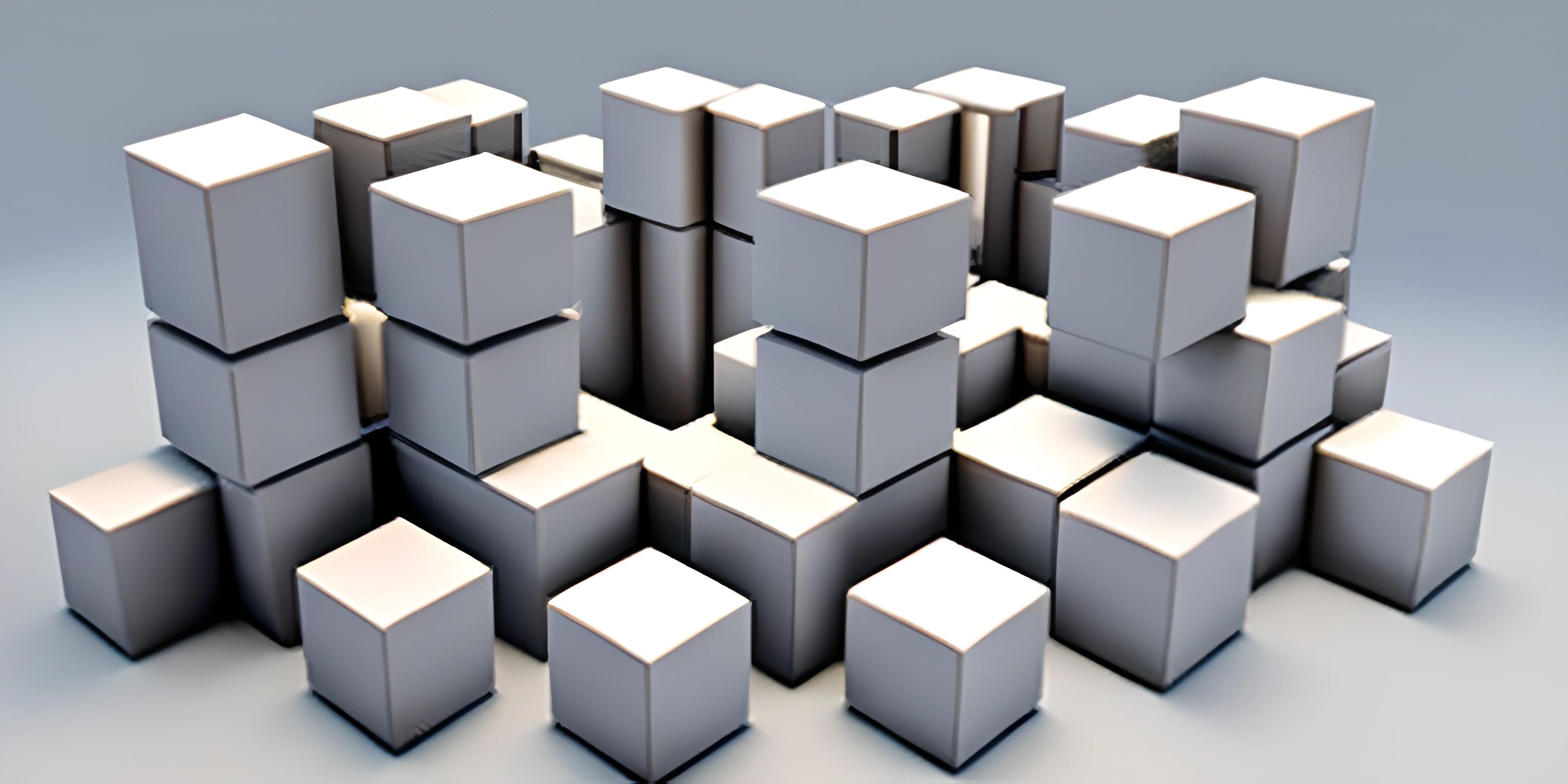Relational Databases: An Introduction

Note: this page has been created with the use of AI. Please take caution, and note that the content of this page does not necessarily reflect the opinion of Cratecode.
Picture this: you've got a massive amount of data to store, organize and retrieve efficiently. Fear not, relational databases are here to save the day! They're the superheroes of data management, and they've got your back.
What are Relational Databases?
Relational databases are a type of database management system (DBMS) that store and manage data in a structured, organized manner. They use tables with rows and columns to represent data and their relationships, making it simple to query and manipulate large datasets.
At the heart of relational databases is the concept of relations. In simple terms, relations are the connections between different pieces of data, such as how people are related to their addresses or how products are related to their prices.
Structure
Relational databases are organized into tables that store data in rows and columns. Each row represents an individual record (e.g., a person, a product), while columns represent attributes (e.g., name, price). The data within the table is uniquely identified by a primary key, a special column that ensures each record is distinct.
Tables and Relationships
In a relational database, tables are connected through relationships, which define how data in one table relates to data in another. There are three types of relationships:
- One-to-One: One record in Table A is related to one record in Table B.
- One-to-Many: One record in Table A is related to multiple records in Table B.
- Many-to-Many: Multiple records in Table A are related to multiple records in Table B.
To create these relationships, we use foreign keys, which are columns in one table that reference the primary key of another table.
Querying and Manipulating Data
To interact with relational databases and perform tasks like querying, creating, updating, or deleting data, we use a language called SQL (Structured Query Language). SQL is the standard language for relational database management systems and is designed to be easy to read and understand.
Here's an example of a simple SQL query to retrieve all records from a table called users:
SELECT * FROM users;
With SQL, it's also easy to filter, sort, and aggregate data based on specific conditions or criteria.
Why Use Relational Databases?
Relational databases offer numerous advantages, including:
- Efficient data storage: Data is stored compactly in tables, reducing redundancy and saving space.
- Data integrity: Relationships between tables help maintain consistency and accuracy in the data.
- Ease of querying and manipulation: SQL makes it simple to interact with the database and retrieve or modify data.
- Scalability: Relational databases are designed to handle large datasets and can be scaled up or down as needed.
In conclusion, relational databases provide a powerful and efficient way to manage and manipulate massive amounts of structured data. They are a fundamental building block in the world of data management, and understanding their basics will help you navigate this vast landscape with ease. So go forth and explore the world of relational databases!
Hey there! Want to learn more? Cratecode is an online learning platform that lets you forge your own path. Click here to check out a lesson: Rust - A Language You'll Love (psst, it's free!).





